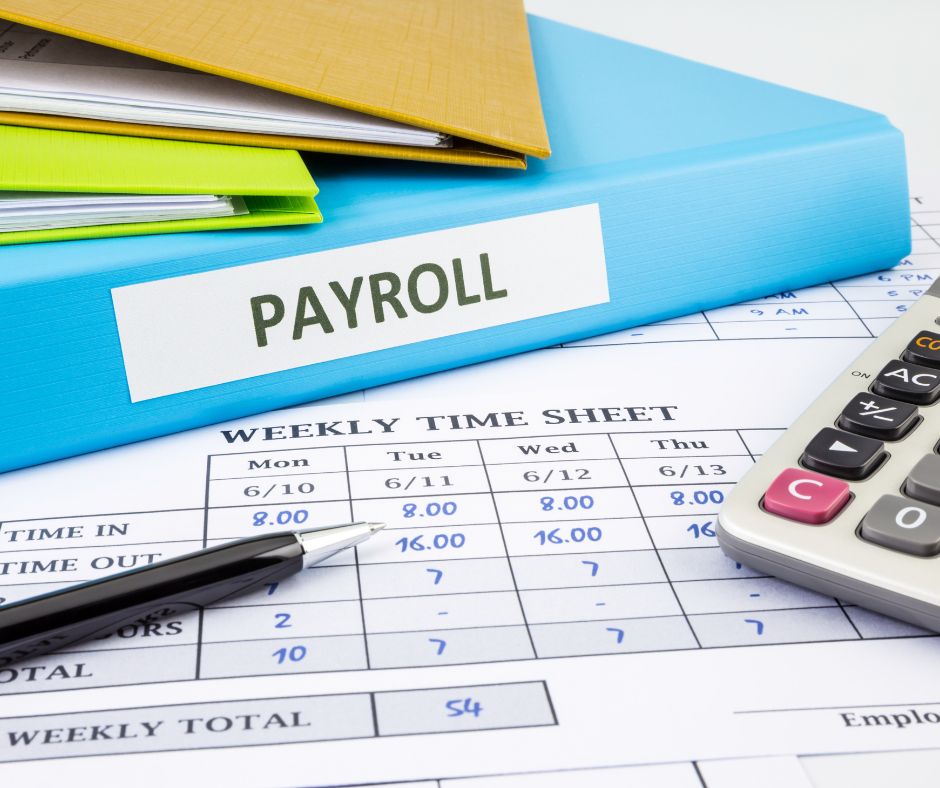Payroll payments by check are a favorite of small businesses. Why? Because they’re easy, convenient, and, best of all, secure. Payroll payments by check are a popular alternative to traditional payroll processing and with good reason. Keep reading to find out more about payroll payments by check.

There are many reasons to use payroll by check. One of the most significant benefits is the security of the checks.Payroll checks printing software are more secure than direct deposit. In today’s world, identity theft is a rising concern and can only be avoided offline. Going offline eliminates the risk of your payroll information being compromised.
Another significant benefit of payroll by check is security regarding the stub. The check stub is printed once the payroll is processed, which means there is much less chance that the information in the stub can be tampered with. Because most payroll information is sensitive, using a check stub is much safer.
Payroll by check is also beneficial because it provides an element of control. With direct deposit, you have to trust that your payroll information is handled correctly by the company. However, with payroll checks, you can ensure this is the case.
Lastly, payroll by check is more secure than direct deposit. Direct deposit can be less safe because it’s easier to tamper with. Direct deposit deducts the money from the employee’s account immediately. However, with payroll checks, the money is disbursed after being processed, so there is more time to notice if something is amiss.
How To Set Up Payroll Checks?

Setting up payroll checks is an easy process. Here are the instructions you need to get started:
First, you’ll need to choose a payroll system. You can choose one that offers a direct deposit or print out your payroll checks. You should also choose a payroll system that provides tax filing services.
Next, you’ll need to determine how much to pay each employee. To do this, you’ll need the gross amount each employee earned and the number of hours they worked. You’ll also need to calculate your company’s tax rate and deductions.
Once this is done, you’ll need to input the information into your payroll system. You’ll also need to fill out the employee’s paycheck, including their pay rate, gross pay, hours worked, tax, and deductions.
Finally, you’ll need to print the paychecks. You can print the paychecks at home, or you can have them printed at your local print shop. Be sure to include the payment stub with each paycheck. The payment stub should include the employee’s name, rate, net pay, taxes, and deductions.
How To Determine The Amount To Pay Each Employee?
When deciding how much to pay your employees, it’s essential to consider their skills and experience. It would be best if you also thought about how much time they spend working and how much they contribute to the company. Here are some tips to help you determine the amount to pay each employee:
Skills and Experience
Consider the employee’s skills and knowledge when determining their salary. For example, an employee who has been working in the same field for a long time may be worth more than an employee who is new to the company.
Time Spent Working
Also consider how much time the employee spends working. Employees who spend 50% of their time working should be paid at least half their regular salary.
Contribution To The Company
Consider how much the employee contributes. This can include things like skills, knowledge, and experience. If an employee contributes more than their salary, it may be worth paying them or more.
How To Determine The Amount To Pay Each Employer?

For employees contracted for specific jobs, it is essential to determine how much to pay each employer. Pay each employer based on the number of hours that individual spends on that particular job.
For a Temp Agency that sends an employee to you, you would calculate the payment based on the total hours that the employee worked. You would then multiply the hourly rate of pay by the hours worked.Because these employees are hired for a limited period, you would pay them only for hours worked.
For employees hired on an ongoing basis, you would pay employees based on the hourly rate of pay multiplied by the total number of hours worked.
If you hire a new employee directly, their pay would be based on their hourly rate of pay multiplied by the total number of hours worked.


Leave a Reply